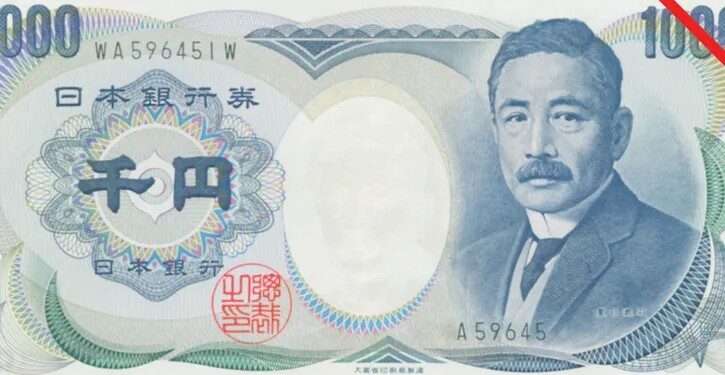The Japanese yen, introduced in 1871 during the Meiji period, has a rich history spanning over 150 years. Its creation marked Japan’s shift towards modernization and the adoption of a unified national currency.
Initially pegged to gold and silver, the yen’s early years saw it gain strength as Japan rapidly industrialized. By the early 20th century, it had become one of Asia’s dominant currencies. However, World War II and its aftermath severely devalued the yen, leading to a fixed exchange rate of 360 yen to the US dollar in 1949.
The post-war economic miracle of the 1960s and 1970s saw Japan’s economy boom, strengthening the yen. In 1971, the collapse of the Bretton Woods system led to the yen becoming a floating currency. Its value appreciated significantly, reaching around 271 yen per dollar by 1980.
The 1980s marked the peak of Japan’s economic prowess, with the yen continuing to strengthen. The Plaza Accord of 1985 further boosted its value, reaching a record high of 128 yen per dollar in 1988. This period of a strong yen, known as “endaka,” posed challenges for Japan’s export-driven economy.
The 1990s brought the bursting of Japan’s asset price bubble and the beginning of the “Lost Decade.” Despite economic stagnation, the yen remained relatively strong, even briefly touching 79 yen per dollar in 1995.
The early 2000s saw Japan grappling with deflation and low growth. In response, the Bank of Japan implemented various monetary easing policies. The global financial crisis of 2008 initially strengthened the yen as a safe-haven currency, but Japan’s economic challenges persisted.
In 2012, the election of Prime Minister Shinzo Abe ushered in “Abenomics,” a set of aggressive monetary and fiscal policies aimed at stimulating growth and combating deflation. These measures, including massive quantitative easing, led to a significant weakening of the yen.
Recent years have seen the yen fluctuate in response to global economic conditions, trade tensions, and the COVID-19 pandemic. As of 2024, the Bank of Japan maintains an ultra-loose monetary policy, keeping the yen relatively weak compared to historical levels.
Throughout its history, the yen has reflected Japan’s economic journey – from post-war recovery to economic superpower, through stagnation and ongoing efforts to revitalize growth. Today, it remains a major global currency, playing a crucial role in international trade and finance.
newshub


Recent Comments